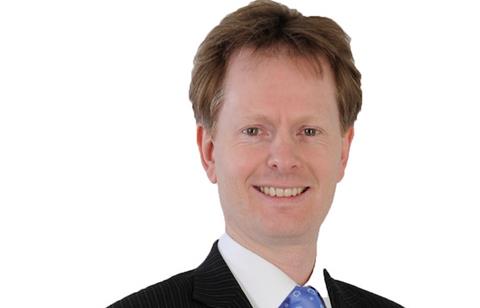
More than a quarter (27%) of pension trustee, scheme sponsor, and pension manager respondents have introduced higher member contributions to reduce the cost of defined benefit (DB) pension provision, according to research by Aon.
Its Global pension risk survey 2017, which surveyed 185 UK pension trustees, pension managers and scheme sponsors on DB schemes with approximately 4.5 million members and £500 billion of assets, also found that 53% of respondents have closed their DB pension scheme to future accrual, compared to 45% in 2015.
The research also found:
- 39% of respondents with schemes under £100 million cite buy-out as the scheme's long-term objective, compared to 29% of respondents with schemes of between £100 million and £1 billion, and 19% of respondents with larger schemes of more than £1 billion.
- 59% of respondents with schemes between £100 million and £1 billion identify self-sufficiency as a long-term goal, compared to 39% of schemes under £100 million, and 49% of schemes over £1 billion.
- 23% of respondents believe the employer’s ability to make contributions will influence the time it will take to achieve a pension scheme’s long-term objectives.
- 24% of respondents have reduced discretionary benefits to reduce the cost of DB pension provision. Other measures that have been implemented include introducing a pensionable salary cap (33%), reducing future benefit levels (16%), and allowing contributions via a salary sacrifice arrangement (61%).
- 62% of respondents feel it is unlikely they will reduce future benefit levels to reduce DB pension costs in the next 12-24 months, and 57% believe it is unlikely they will increase member contributions.
- 48% of respondents mention defined contribution (DC) flexibilities when supporting a member to move from a DB plan to a DC arrangement, and 30% quote the cash equivalent transfer value (CETV).
- 47% of respondents review member communications to support staff with the retirement process, 24% provide technological support, 18% provide face-to-face support, and 11% offer broader financial education.
- 65% of respondents monitor pension scheme assets on a quarterly basis, and 66% review buy-out on a yearly basis or less frequently.
Matthew Arends (pictured), partner at Aon Hewitt, said: “The UK findings of this year's Global pensions risk survey report that just 4% of respondents had implemented an integrated risk management (IRM) plan with actions, and 46% either had no IRM plan or had not documented it. This is despite this year’s Pensions Regulator’s (TPR) annual funding statement stating that ‘all schemes need to put contingency plans in place’ and ‘[that] this contingency plan needs to be agreed with the employer in advance and should be legally enforceable’.
“That is an ambitious target and does raise the question of how far UK pension schemes are from this goal. But this year’s survey would suggest that they may be closer than is at first apparent, as schemes have clearly taken significant actions to manage their risk effectively in the two years since our last survey."











